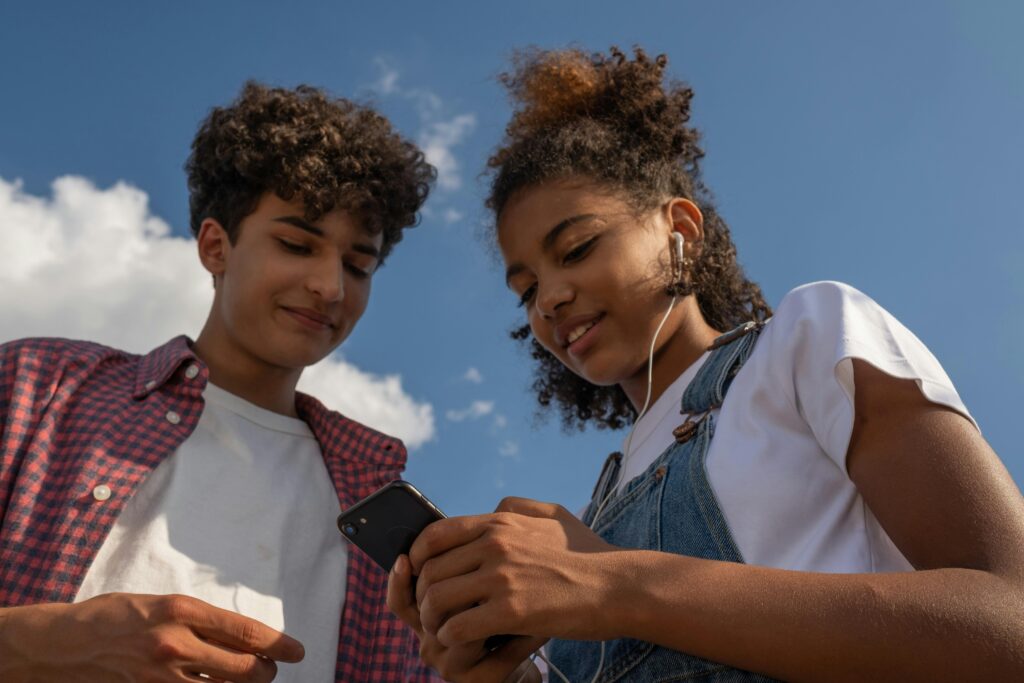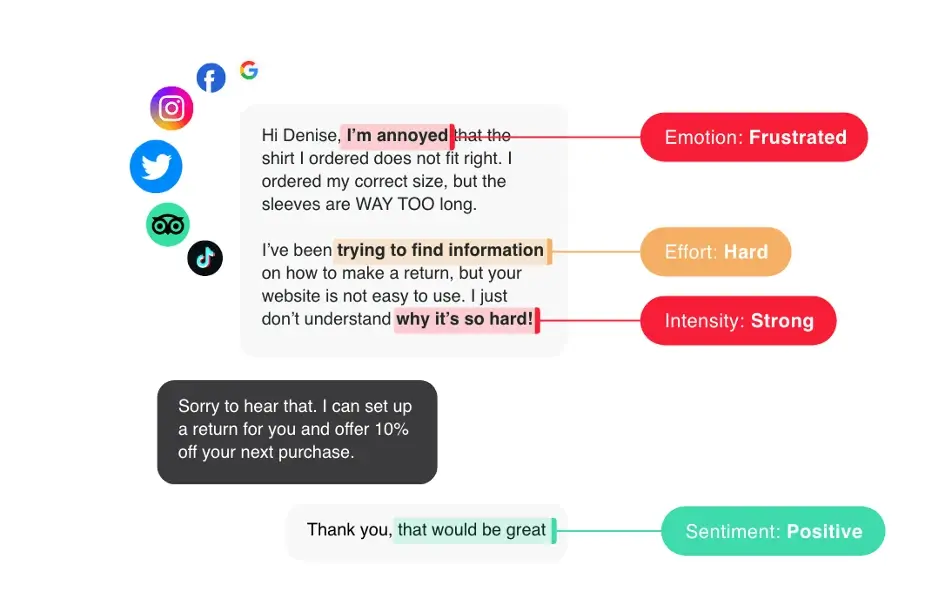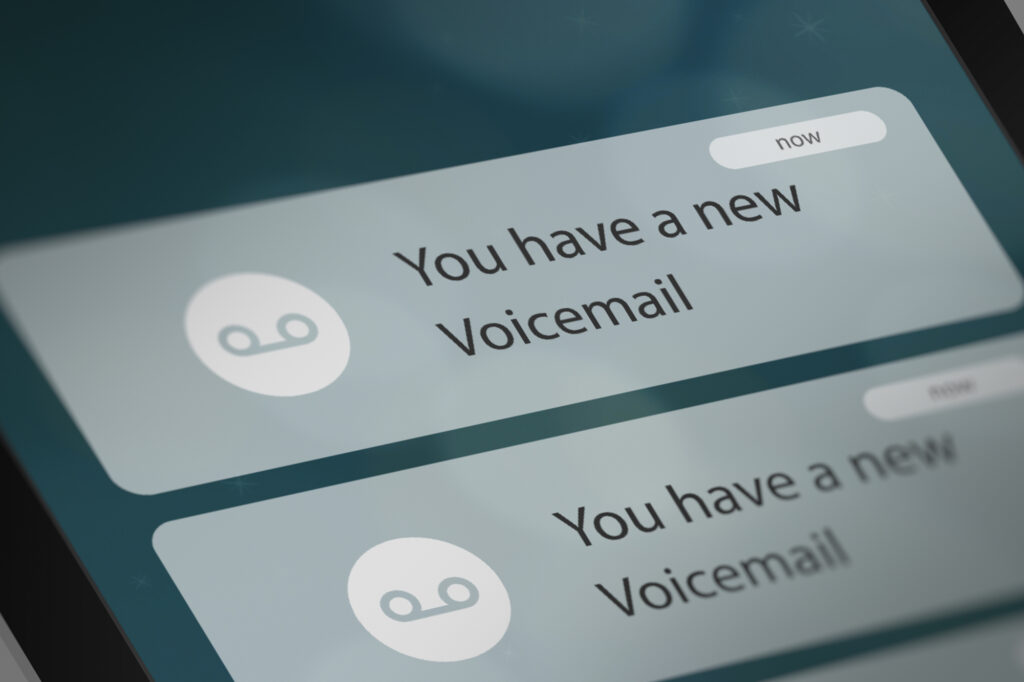In the fast-paced digital world, businesses are constantly searching for innovative ways to reach their audience without being intrusive. Traditional cold calling has long been a staple of sales and marketing strategies, but it often comes with a high rejection rate and negative consumer perception. In contrast, ringless voicemail (RVM) has emerged as a more effective and consumer-friendly alternative. But why does it work so well?
The secret lies in human psychology—how people perceive, react to, and engage with different forms of communication. This article explores the psychological principles behind why ringless voicemail receives higher response rates than cold calls, and how businesses can leverage this to maximize engagement and conversions.
The Intrusiveness Factor: Why People Reject Cold Calls
Interrupting the Consumer’s Flow
One of the primary reasons people dislike cold calls is that they are interruptive. A phone call demands immediate attention, pulling people away from their activities, whether they’re at work, spending time with family, or simply relaxing. Research shows that interruptions increase stress levels and lower productivity, which contributes to the widespread frustration associated with cold calls.
In contrast, ringless voicemail does not disrupt the recipient’s activities. The message appears in their voicemail inbox without their phone ringing, allowing them to check it at their convenience. This makes the interaction feel more controlled and voluntary, reducing resistance and increasing the likelihood of engagement.
Psychological Reactance and the Need for Autonomy
Humans have an innate need for autonomy—the sense of having control over their decisions and actions. When a cold call forces someone into an unexpected conversation, it triggers psychological reactance, a phenomenon where people resist attempts to control their choices.
Ringless voicemail, however, gives consumers the power to choose when and if they want to respond. This lack of pressure makes them more open to engaging with the message rather than rejecting it outright.
The Zeigarnik Effect: Why Unfinished Tasks Capture Attention
How Unanswered Messages Create Curiosity
The Zeigarnik Effect is a psychological principle stating that people remember and are more likely to complete unfinished tasks. This explains why unread notifications, unanswered emails, and unchecked messages create a sense of urgency—they linger in our minds until resolved.
When someone sees a voicemail notification, they instinctively feel the need to listen to it to “close the loop.” A cold call, on the other hand, provides no such psychological trigger. If someone ignores a cold call, there’s no lingering reminder urging them to return it.
How Businesses Can Leverage This:
- Keep ringless voicemail messages short and intriguing to encourage recipients to call back.
- End messages with an open-ended statement or question, such as:
- “I have something important to share—please call me back when you have a moment.”
- “I’d love to discuss this opportunity with you, and I think you’ll find it interesting.”
The Reciprocity Principle: Why Personalization Matters
The Power of Giving Before Asking
The reciprocity principle states that when someone does something for us, we feel obligated to return the favor. In marketing, this principle explains why offering value before making a request leads to higher engagement rates.
A well-crafted ringless voicemail can use this principle by:
- Providing a valuable insight, exclusive offer, or piece of helpful information before asking for a callback.
- Using a friendly and personalized tone that makes the recipient feel like they’re receiving a message from a real person rather than a scripted sales pitch.
Example of an Effective Message:
“Hey [First Name], I wanted to personally reach out because I have a special offer that might be beneficial for you. There’s no pressure—I’d just love to share more details when you have a moment. Give me a quick call when you’re free!”
By framing the message as helpful rather than sales-driven, businesses create a sense of reciprocity, increasing the chances of a response.

The Principle of Familiarity: How Voicemail Builds Trust
Why Hearing a Voice Creates Connection
Human psychology is wired to respond positively to familiar stimuli. This is known as the mere exposure effect—the more we are exposed to something, the more we tend to like it.
Cold calls typically involve strangers reaching out unexpectedly, which triggers skepticism. Ringless voicemail, on the other hand, allows the recipient to hear a human voice before deciding whether to respond. This builds familiarity and trust before a conversation even begins.
How to Enhance Trust Through RVM:
- Use a warm, conversational tone rather than a robotic or overly sales-focused script.
- Mention a common connection, previous interaction, or shared interest if possible.
- Keep the message short and direct to avoid sounding like a mass marketing effort.
The Fear of Missing Out (FOMO): Creating a Sense of Urgency
How Exclusivity Drives Action
People are naturally drawn to opportunities that feel time-sensitive or exclusive. The fear of missing out (FOMO) is a powerful psychological driver that makes people more likely to act quickly rather than postpone a decision.
Ringless voicemail can leverage FOMO by:
- Highlighting limited-time offers or exclusive deals that encourage immediate action.
- Using phrases like:
- “This opportunity is only available for a few days, so I wanted to make sure you didn’t miss out.”
- “Spots are filling up fast—call me today to reserve yours.”
Since the recipient has control over when they listen to the message, they are more likely to process the urgency logically rather than feel pressured into a response.
Social Proof: Why People Follow the Crowd
How Testimonials and Success Stories Increase Engagement
People are influenced by the experiences of others—a concept known as social proof. When consumers hear that others have benefited from a product or service, they are more likely to trust and engage with it themselves.
Ringless voicemail can utilize social proof by:
- Mentioning satisfied customers or clients who have had positive results.
- Referencing industry trends to show that the recipient is not alone in considering this opportunity.
Example Message:
“Hi [First Name], I just wanted to share that several businesses in your area have already taken advantage of this offer and seen great results. If you’re interested, I’d love to chat—just give me a quick call!”
This strategy makes the recipient feel like they belong to a group of smart decision-makers, increasing their likelihood of responding.
Cognitive Load: Why Simplified Messages Work Better
How Overloading the Brain Reduces Engagement
Cognitive load refers to the amount of mental effort required to process information. Cold calls often require immediate comprehension and decision-making, which can be overwhelming—especially if the recipient is busy or distracted.
Ringless voicemail, however, allows the recipient to process the message at their own pace, reducing cognitive overload. Instead of being forced into an immediate response, they can listen, re-listen, and decide on their next step without pressure.
Best Practices for Keeping Cognitive Load Low:
- Use clear, concise language—avoid jargon or overly technical terms.
- Keep messages short (under 30 seconds) so they are easy to digest.
- Focus on one key message or call-to-action instead of multiple requests.
Emotional Triggers: How Tone and Delivery Affect Responses
The Power of Human Emotion in Voicemail
Studies in neuromarketing show that people are more likely to engage with messages that trigger an emotional response. Cold calls, which are often rushed and impersonal, fail to establish an emotional connection.
Ringless voicemail, however, allows businesses to use tone, pacing, and emotion to create a warm and engaging message. A friendly and enthusiastic voice makes the recipient feel valued rather than just another sales target.
How to Use Emotion Effectively in RVM:
- Smile while recording—your tone naturally becomes more inviting.
- Use a friendly and conversational tone, avoiding robotic scripts.
- Inject authenticity by sounding like a real person, not a sales machine.

The Commitment-Consistency Principle: How Small Actions Lead to Bigger Engagement
Why People Like to Stay Consistent with Their Decisions
Psychologists have found that when people take a small action, they are more likely to take a bigger action later to stay consistent with their behavior. This is known as the commitment-consistency principle.
With cold calls, a person has to make a big decision immediately—whether to engage in a conversation or hang up. With ringless voicemail, they start with a small commitment—listening to the message—which makes them more likely to respond or call back.
How to Leverage This Principle:
- Ask for a micro-commitment first, like visiting a website or replying via text.
- Use language that encourages the recipient to take the next small step, such as:
- “Just shoot me a quick text if you’re interested!”
- “Give me a quick call when you have a moment.”
The Peak-End Rule: Why the Last Words in Your Voicemail Matter
How Memory Shapes Responses
Psychologists have found that people remember the peak (most intense) part of an experience and the ending more than anything else. This is known as the Peak-End Rule.
Cold calls often end with awkward goodbyes or abrupt hang-ups, leaving a negative impression. A well-crafted ringless voicemail, on the other hand, ensures that the recipient remembers the best part of the message—the offer, the urgency, or the value proposition.
Best Practices for Ending Your Voicemail:
- Use a strong, positive closing line that reinforces value and urgency.
- Example: “I know you’ll find this valuable, and I’d love to chat—call me when it’s convenient for you!”
- Avoid weak endings like: “Uh… so yeah, let me know.”
Voice vs. Text: Why Hearing a Voice Increases Trust
How the Human Voice Builds Connection
Research in linguistics and psychology shows that hearing someone’s voice creates more trust than reading a message. This is because:
- Tone, warmth, and sincerity can be conveyed better through voice.
- People are wired to connect with voices—it feels more personal than text.
- Trust is built faster when a message sounds like it’s coming from a real person.
This is why ringless voicemail is more effective than SMS marketing—it gives recipients a voice to connect with, making them more likely to engage.
How to Make Your Voicemail More Trustworthy:
- Speak naturally—don’t sound scripted.
- Use a genuine, friendly tone as if you’re talking to a friend.
- Keep it personalized (“Hey John, this is Mike, I wanted to reach out to you personally…”)
Multi-Touch Marketing: Why RVM Works Best as Part of a Strategy
Why One Message Isn’t Enough
Studies show that most consumers need 5-7 touchpoints before making a purchasing decision. Cold calls rely on one-shot conversations, but ringless voicemail can be part of a multi-touch strategy that warms up leads over time.
Example Multi-Touch Strategy with RVM:
- Day 1: Send a ringless voicemail introducing yourself.
- Day 3: Follow up with an SMS saying, “Hey, just checking in to see if you got my voicemail!”
- Day 5: Send an email with additional details.
- Day 7: Leave another voicemail with a limited-time offer.
This approach keeps your brand top-of-mind without overwhelming the recipient.
Generational Differences: Who Responds Best to Ringless Voicemail?
How Age Affects Communication Preferences
Different generations have different preferences for communication:
- Boomers & Gen X (40s-70s): Prefer voicemail and personal interaction.
- Millennials (25-40): Respond well to a mix of voicemail, SMS, and email.
- Gen Z (Under 25): More responsive to text and social media, but voicemail still works if it’s brief and engaging.
This means that RVM works best for middle-aged and older audiences, while younger consumers may require a follow-up via text or email.
The Future of Ringless Voicemail: AI and Personalization
How AI is Enhancing RVM for Better Engagement
As technology advances, AI is making ringless voicemail smarter and more personalized. Future trends include:
- AI-powered voice synthesis to create hyper-personalized messages.
- Automated A/B testing to find the best voicemail styles for different audiences.
- Real-time response tracking, so businesses can see who listens to their voicemails and follow up accordingly.
As AI continues to improve, ringless voicemail will become even more effective, offering businesses new ways to connect with their audience in a non-intrusive yet highly engaging way.

Why Ringless Voicemail Wins the Psychological Battle Over Cold Calls
Ringless voicemail is more effective than cold calling because it aligns with human psychology in ways that reduce resistance and increase engagement. By leveraging principles such as autonomy, reciprocity, familiarity, urgency, and social proof, businesses can create messages that feel more natural and appealing to recipients.
Unlike cold calls, which interrupt and pressure consumers, RVM allows them to engage on their own terms, making them more likely to listen, consider, and respond positively.
